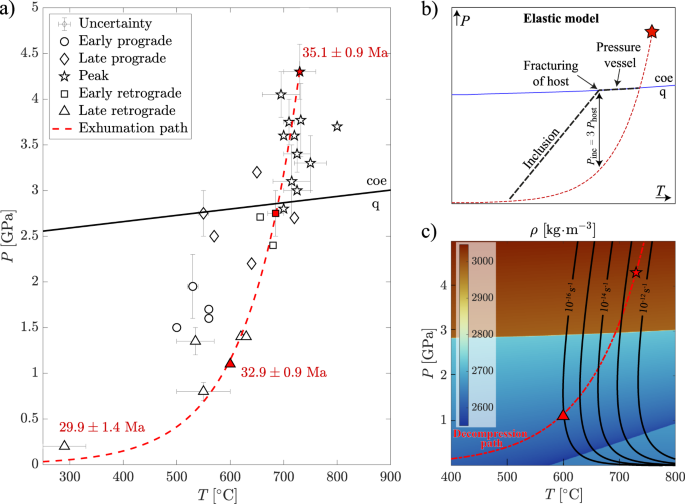2023-10-27 スウェーデン王立工科大学(KTH)
◆この材料は、ロボティクス以外にも医学や生化学生産など幅広い分野で応用可能です。材料は水、炭素ナノチューブ、セルロースナノファイバーを主要成分とし、電子制御で膨張が可能です。
◆研究者たちは、この材料を小型デバイス向けに使用することを想定しており、大型ロボット向けの人工筋肉としては制約があると述べています。将来的には水中ロボットなどにも応用が可能で、コスト効率の良い製造方法の最適化と商業利用への拡大が進行中です。この技術は比較的低コストで製造でき、木材由来の素材を活用しています。
<関連情報>
- https://www.kth.se/en/om/nyheter/centrala-nyheter/tiny-brick-busting-muscles-for-miniature-robotics-are-sourced-from-wood-1.1290227
- https://onlinelibrary.wiley.com/doi/10.1002/adma.202303255
電気化学的に制御された透過性と一軸アクチュエーションを持つハイドロゲル Electrochemically Controlled Hydrogels with Electrotunable Permeability and Uniaxial Actuation
Tobias Benselfelt, Jyoti Shakya, Philipp Rothemund, Stefan B. Lindström, Andrew Piper, Thomas E. Winkler, Alireza Hajian, Lars Wågberg, Christoph Keplinger, Mahiar Max Hamedi
Advanced Materials Published: 14 July 2023
DOI:https://doi.org/10.1002/adma.202303255

Abstract
The unique properties of hydrogels enable the design of life-like soft intelligent systems. However, stimuli-responsive hydrogels still suffer from limited actuation control. Direct electronic control of electronically conductive hydrogels can solve this challenge and allow direct integration with modern electronic systems. An electrochemically controlled nanowire composite hydrogel with high in-plane conductivity that stimulates a uniaxial electrochemical osmotic expansion is demonstrated. This materials system allows precisely controlled shape-morphing at only −1 V, where capacitive charging of the hydrogel bulk leads to a large uniaxial expansion of up to 300%, caused by the ingress of ≈700 water molecules per electron–ion pair. The material retains its state when turned off, which is ideal for electrotunable membranes as the inherent coupling between the expansion and mesoporosity enables electronic control of permeability for adaptive separation, fractionation, and distribution. Used as electrochemical osmotic hydrogel actuators, they achieve an electroactive pressure of up to 0.7 MPa (1.4 MPa vs dry) and a work density of ≈150 kJ m−3 (2 MJ m−3 vs dry). This new materials system paves the way to integrate actuation, sensing, and controlled permeation into advanced soft intelligent systems.



